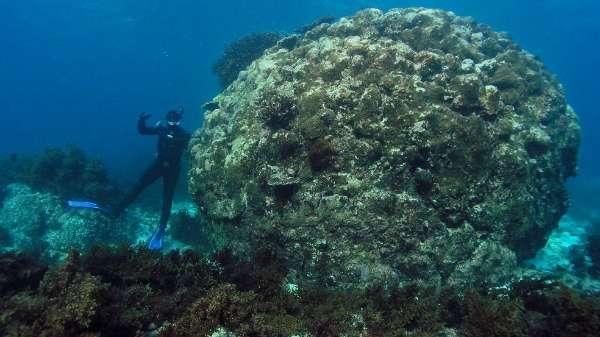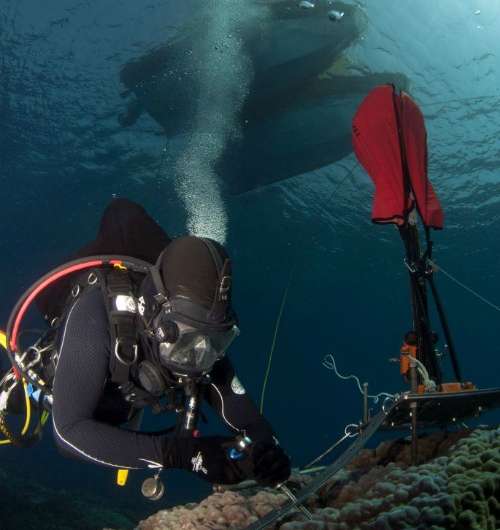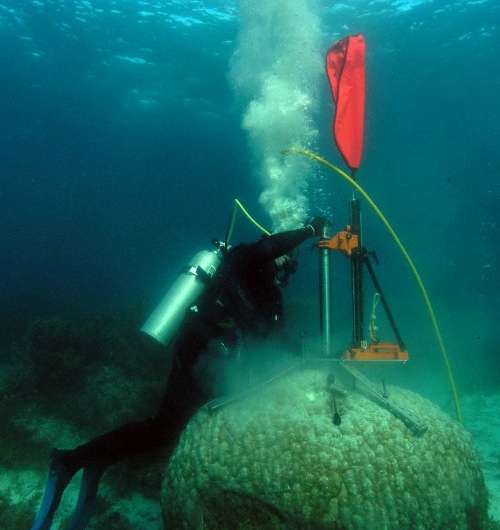Marine heatwaves tipped to intensify

Researchers have found strong temperature differences between the western Pacific and central Pacific—which are predicted to increase in future—intensify the magnitude of marine heatwaves in WA.
Marine heatwaves can have devastating effects on WA's marine life, according to the study's lead researcher Curtin University senior fellow Dr Jens Zinke.
The concern is that, with a greater frequency or intensity of marine heatwaves, species near their thermal tolerance limits may be unable to cope with the stress, potentially threatening WA's marine biodiversity.
A severe marine heatwave in 2011, where water temperatures peaked at a relatively extreme 5°C above normal, shocked the scientific community.
The thermal stress from this heatwave caused coral deaths from bleaching and deaths of fish and invertebrates like abalone.
The main cause of this heatwave was thought to be a strong La Niña event, where the western Pacific was far warmer than usual, compared to the eastern Pacific.
"But we didn't know exactly why that La Niña was so particularly strong," Dr Zinke says.
Activities like dredging and commercial or recreational fishing, which can further stress vulnerable organisms like corals, need to be carefully managed during heatwaves, Dr Zinke says.
Managing these activities, he says, requires a better understanding of the causes of marine heatwaves and better monitoring those factors.

To investigate this, the researchers used chemical clues contained within the layers of coral cores drilled from reefs along the WA coast to piece together a 215-year historical record of sea surface temperatures.
They found that over this time period, when the western Pacific (northern Australia and Asia) was much warmer than the central Pacific, marine heatwaves in WA were stronger.
"Ocean temperatures in the south eastern Indian Ocean are essentially driven by what is happening in the western Pacific," Dr Zinke says.
When there is a strong western Pacific temperature gradient (WPG), it drives the flow of unusually warm water through the Indonesian archipelago and southwards along the WA coast.

A strong WPG also brings moist air masses to northwest WA, Dr Zinke says, which prevents normal evaporative cooling and increases the magnitude of warm temperature anomalies.
The researchers found strong WPG events occurred more frequently between 1999 and 2013.
Climate predictions are suggesting the strength and frequency of these events will increase in future, Dr Zinke says, meaning devastating heatwaves like that experienced in 2011 could occur more frequently.
Provided by Science Network WA
This article first appeared on ScienceNetwork Western Australia a science news website based at Scitech.





















